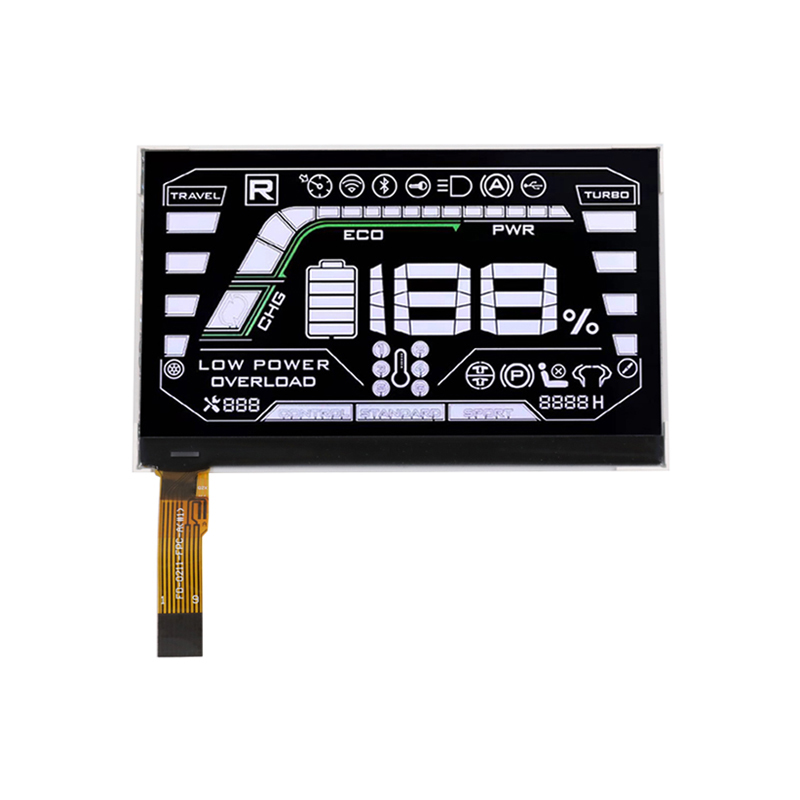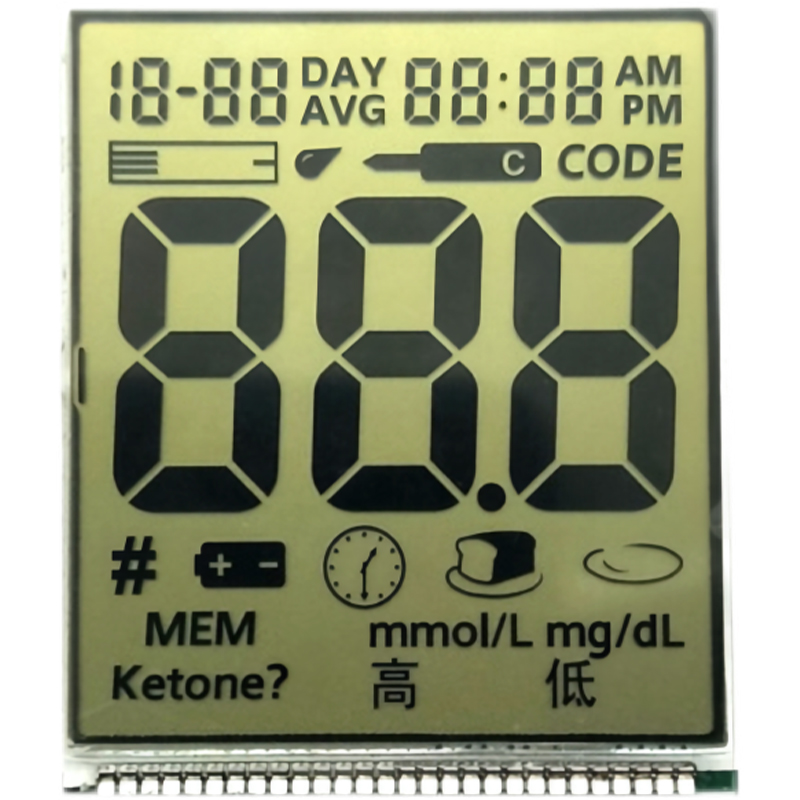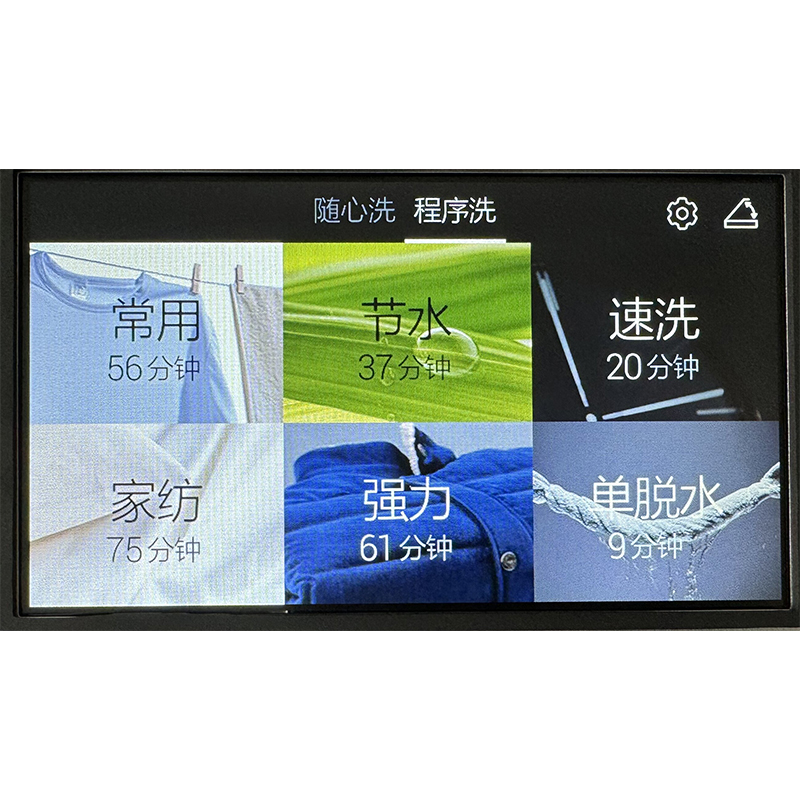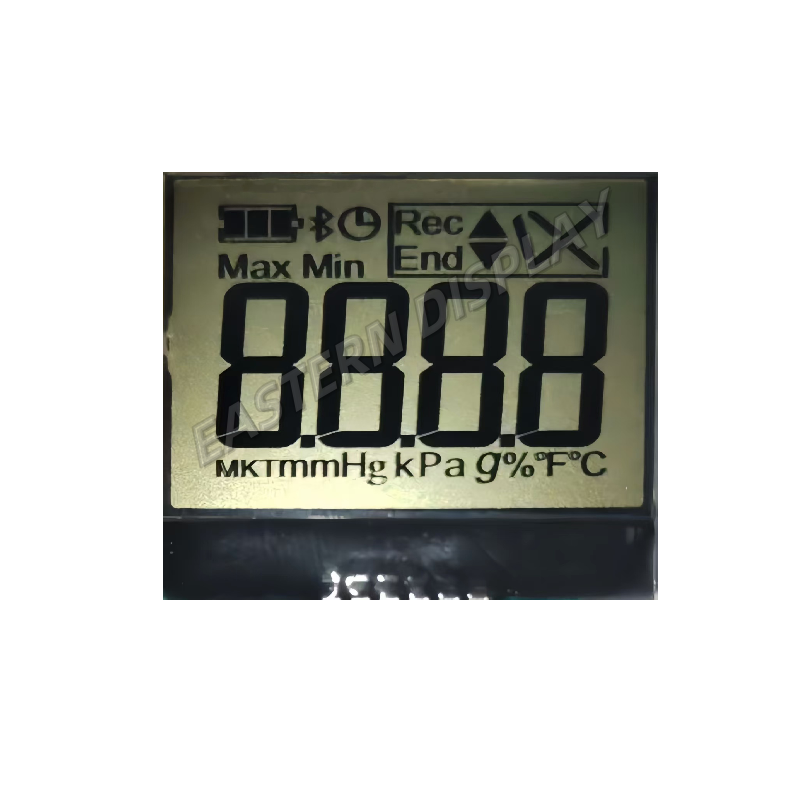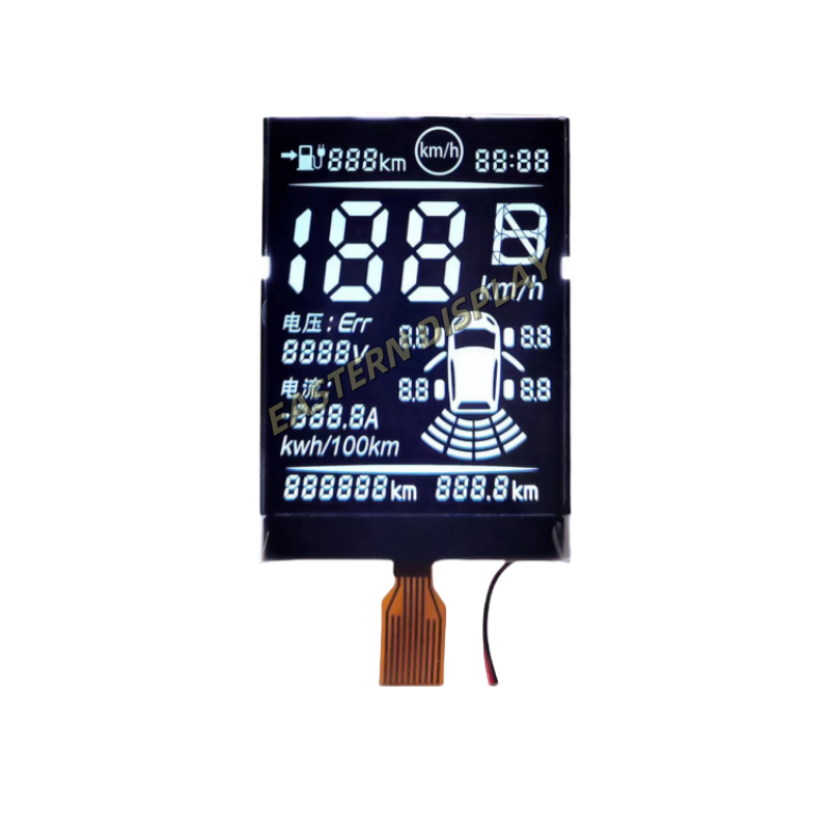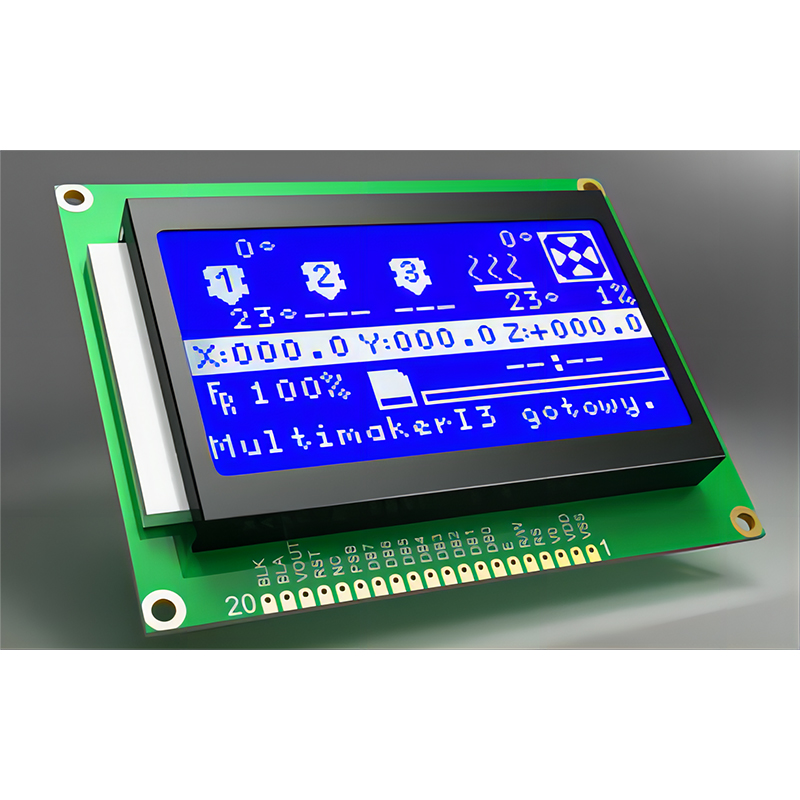
This guide provides a detailed overview of 16x2 OLED displays, covering their specifications, applications, advantages, and considerations for selection. We'll explore different types, common uses, and factors to consider when integrating them into your projects. Learn about their power efficiency, readability, and more.
An OLED (Organic Light-Emitting Diode) display is a type of electronic display technology that uses organic compounds to emit light when an electric current is applied. Unlike LCDs (Liquid Crystal Displays) which require a backlight, OLEDs produce their own light, resulting in superior contrast, deeper blacks, and wider viewing angles. A 16x2 OLED display, specifically, refers to a display with 16 characters per line and 2 lines of text.
16x2 OLED displays typically have the following specifications:
While the core functionality remains the same, 16x2 OLED displays can differ in several aspects:
16x2 OLED displays are extremely versatile and find applications in various electronics projects:
When selecting a 16x2 OLED display, consider the following:
Many online retailers offer a wide selection of 16x2 OLED displays. For high-quality displays and excellent customer service, consider exploring suppliers specializing in display technology such as Dalian Eastern Display Co., Ltd. They offer a range of LCD and OLED displays for diverse applications.
16x2 OLED displays are a powerful and efficient solution for displaying text information in a variety of embedded systems. Understanding their specifications, applications, and selection criteria will help you choose the optimal display for your next project. Remember to consider factors like power consumption, interface compatibility, and readability when making your decision.



